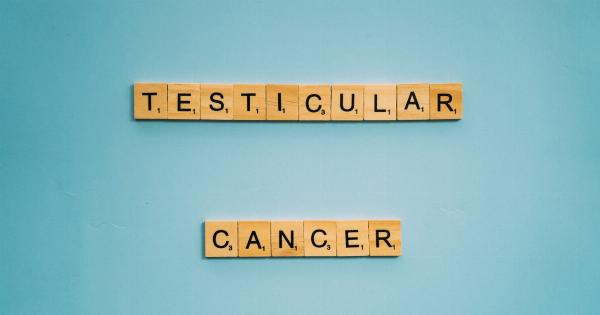HIV/AIDS is a global public health issue that has claimed millions of lives since it was first identified in the early 1980s.
Despite extensive research, there is still no cure for the virus, but early diagnosis and treatment can help improve the quality of life and life expectancy of infected people. Oral lesions can be early signs of HIV/AIDS infection, and they are often overlooked or attributed to other causes. In this article, we will explore the different types of oral lesions that are associated with HIV/AIDS and their clinical significance.
What are Oral Lesions?
Oral lesions are abnormalities that can occur on the soft or hard tissues of the mouth. They can present in various forms, including ulcers, plaques, nodules, and masses, and they may be painful or painless.
Some oral lesions are benign and resolve on their own, while others may be precancerous or cancerous and require prompt medical attention. HIV/AIDS infection can cause a range of oral lesions, and they may serve as an early warning sign of infection.
The Link between HIV/AIDS and Oral Lesions
HIV/AIDS weakens the immune system, which can make the body more susceptible to infections and malignancies. Oral lesions associated with HIV/AIDS can result from viral, bacterial, fungal, and neoplastic causes.
These lesions may present alone or in combination with other symptoms, such as fever, weight loss, night sweats, and lymphadenopathy. The prevalence of oral lesions in people with HIV/AIDS varies according to the stage of infection, with higher rates seen in those with advanced disease.
Types of Oral Lesions Associated with HIV/AIDS
The following are examples of oral lesions that are commonly seen in people with HIV/AIDS:.
Candidiasis
Candidiasis is a fungal infection caused by Candida albicans, which is a type of yeast. It presents as white or cream-colored patches that can be wiped off, leaving a red or bleeding base.
Candidiasis can affect the tongue, palate, gums, and cheeks, and it may cause a burning or itching sensation. It is the most common oral lesion seen in people with HIV/AIDS and is often an indicator of disease progression.
Kaposi’s Sarcoma
Kaposi’s sarcoma is a type of cancer that develops from the cells that line blood vessels or lymphatic vessels. It presents as red, purple, or brown macules, papules, or nodules on the skin or in the mouth.
Kaposi’s sarcoma can cause pain, bleeding, and difficulty swallowing. It is caused by human herpesvirus 8, which is more prevalent in people with HIV/AIDS than in the general population.
Herpes Simplex Virus Infection
Herpes simplex virus infection is a viral infection caused by herpes simplex virus 1 or 2. It presents as painful, fluid-filled blisters on the lips, tongue, palate, or gums that can recur.
Herpes simplex virus infection can be triggered by stress, sunlight, or fever. It is more common in people with HIV/AIDS, and it may be a sign of a weakened immune system.
Hairy Leukoplakia
Hairy leukoplakia is a viral infection caused by Epstein-Barr virus. It presents as white, corrugated, or hairy patches on the tongue that cannot be wiped off.
Hairy leukoplakia is more common in people with a low CD4 cell count, which is a marker of immune function. It may be a sign of disease progression, and it can cause discomfort or difficulty swallowing.
Aphthous Ulcers
Aphthous ulcers, also known as canker sores, are shallow, painful ulcers that can occur on the tongue, lips, or cheeks. They can be triggered by stress, trauma, or certain foods.
Aphthous ulcers are more common in people with HIV/AIDS, and they may be a sign of a compromised immune system.
Clinical Significance of Oral Lesions in HIV/AIDS Infection
Oral lesions can be early signs of HIV/AIDS infection, and they may precede the onset of systemic symptoms.
They can be readily diagnosed during routine dental checkups, and dentists can refer people with suspected oral lesions to HIV/AIDS clinics for diagnosis and treatment. Early diagnosis and treatment of HIV/AIDS can help prevent disease progression, reduce morbidity and mortality, and improve the quality of life of infected people.
Conclusion
Oral lesions associated with HIV/AIDS can be early signs of infection and warrant clinical attention.
Candidiasis, Kaposi’s sarcoma, herpes simplex virus infection, hairy leukoplakia, and aphthous ulcers are types of oral lesions commonly seen in people with HIV/AIDS. Dentists and oral healthcare providers play a vital role in the detection and management of oral lesions in HIV/AIDS infection. Early diagnosis and treatment of HIV/AIDS improves clinical outcomes and enhances the overall well-being of infected people.




























